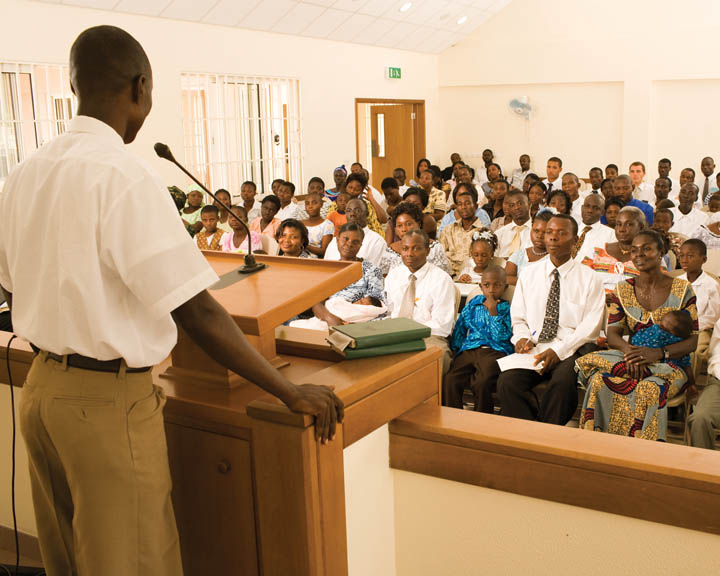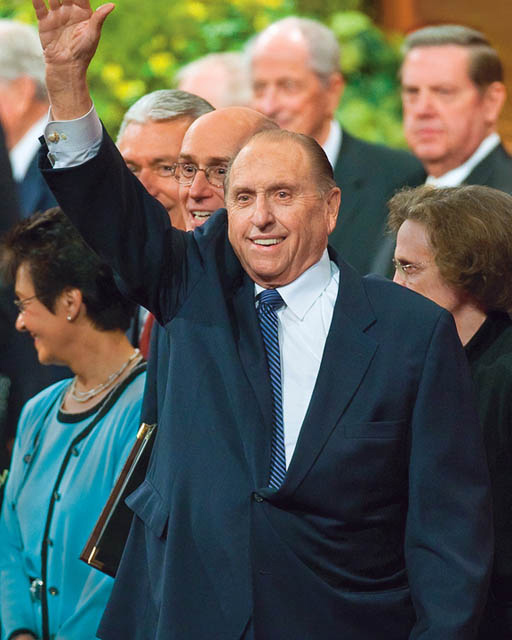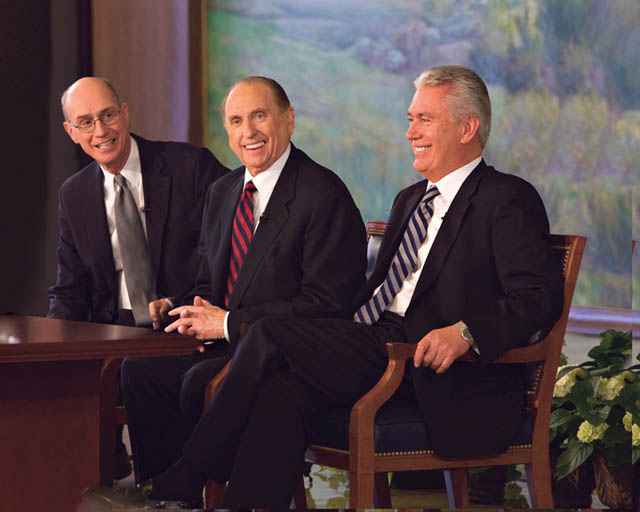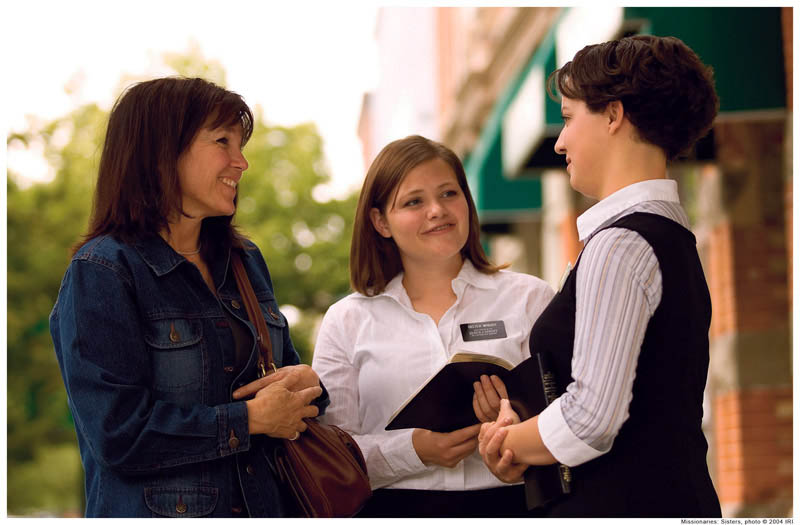The Mormons (members of the Church of Jesus Christ of Latter-day Saints), have a lay church, meaning the leaders are not paid. Everyone volunteers their time, which offers extensive opportunity for personal growth and the development of new skills. Leadership is chosen from among the membership and rotated often, giving many people the chance to learn to lead.
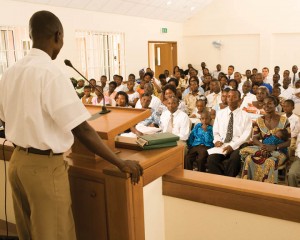 Organizations are led by a president and two counselors. The president is under the direction of someone at a higher level of leadership, but has real authority within his “calling,” as church jobs are called. He must follow established guidelines and consult with his own leaders, but he can make decisions and each president brings to the organization his own style.
Organizations are led by a president and two counselors. The president is under the direction of someone at a higher level of leadership, but has real authority within his “calling,” as church jobs are called. He must follow established guidelines and consult with his own leaders, but he can make decisions and each president brings to the organization his own style.
The president must make decisions through prayer and wisdom, while following church guidelines. He staffs the organization, sets goals, trains those under him, and makes certain everything runs properly and according to the rules.
The counselors advise the president as needed, giving him or her other points of view or ideas. They also assume portions of the responsibility. Generally, each person in the presidency is assigned a part of the work to be in charge of and this allows the counselors to also assume authority and learn leadership. They must respect the goals and wishes of the president however, who is the person to whom God gives the authority for the organization.
The presidency also has a secretary. In most organizations, the secretary attends the presidency meetings and is also considered a valuable resource for ideas and problem-solving.
Let’s look at one organization to see how all this works in practice. Since I’m most familiar with the Primary, we’ll use a Primary presidency as an example. The Primary is the organization for children ages eighteen months to twelve years of age. The presidency for this organization is always female, although men may serve in other positions in the Primary. This means the women oversee both men and women.
The president is chosen first, by the bishop and his counselors. (A bishop is like a minister.) She prayerfully selects two counselors and a secretary to assist her in her work. She submits the names she’s chosen to the bishopric (the bishop and his counselors) for their prayer and approval. The bishopric invites (calls) those people to the positions. Then the president meets with her new presidency to set goals for the coming year and to assess the needs of their organization. This is done in a presidency meeting.
One responsibility they face is to select teachers and leaders for the Primary, which includes not only the Sunday classes, but Cub Scouting and a similar program for girls called Activity Days. They prayerfully select people and submit the names to the bishopric, who, again, invites those people to take the positions if they’re approved by the bishopric. This approval from above is because getting a new job often involves releasing (letting go) them from another job, requiring the leaders of that organization to need new people. The bishopric must balance the needs of both organizations. The bishopric must also assess worthiness, particularly for people who will be working with children.
The Primary presidency decides on routines and schedules for Sunday meetings. They train their teachers and their leaders and work to create a supportive environment where teachers feel comfortable coming to them for advice when they need help solving problems.
In this case, the presidency also teaches. They take turns teaching a meeting called Sharing Time, where the children come together in multi-age groups for a participatory gospel lesson before or after going to age-assigned classes.
The presidency generally solves problems alone, but may always turn to the bishopric member assigned to oversee them if a problem is outside their ability to solve, such as a safety issue involving a child. In addition to the bishopric, they have a stake Primary presidency (a stake is similar to a Catholic diocese) they can turn to for their own training and counsel.
While the church runs on volunteers, no volunteer is left without resources to turn to as they need them. They learn leadership skills that transfer into the home or workplace while serving God.
About Terrie Lynn Bittner
The late Terrie Lynn Bittner—beloved wife, mother, grandmother, and friend—was the author of two homeschooling books and numerous articles, including several that appeared in Latter-day Saint magazines. She became a member of the Church at the age of 17 and began sharing her faith online in 1992.

